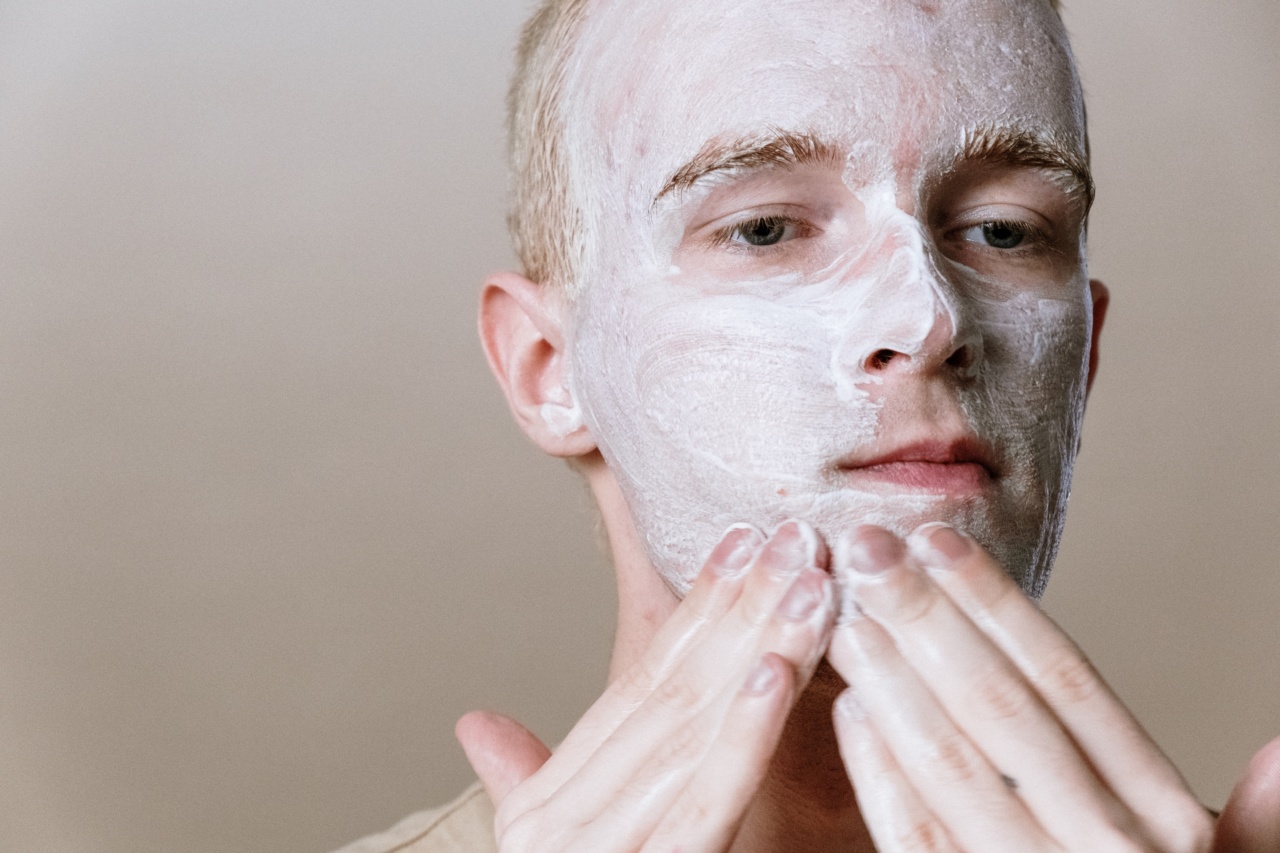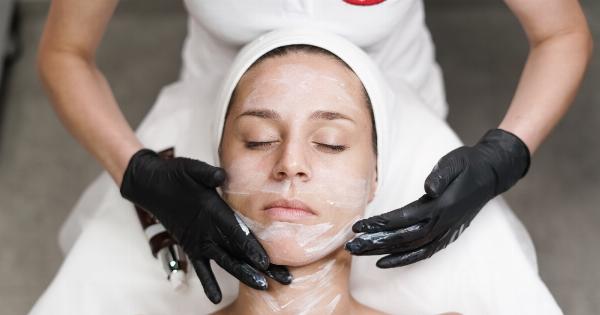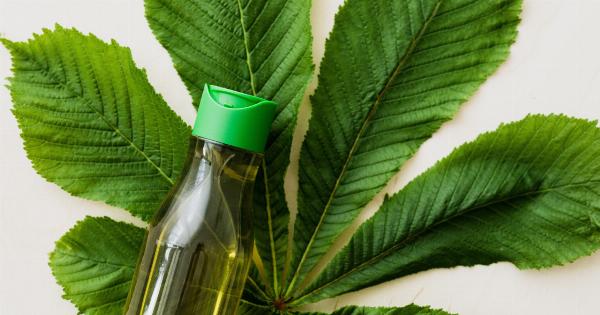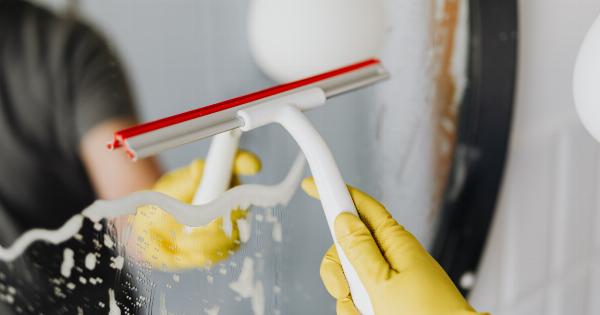Good skin care starts with a good cleansing routine, but unfortunately, many people make basic mistakes when it comes to cleansing their face.
Cleansing properly is important for removing makeup, dirt, and excess oil that clog pores which can lead to breakouts. Here are common cleansing mistakes people make and how to fix them.
Using the Wrong Cleansing Product
Using the wrong cleansing product can be a big mistake. Some people tend to use harsh soaps or cleansers that strip their skin of necessary natural oils. This can lead to dryness, flakiness, irritation, and even more oil production.
Instead of using harsh soaps or cleansers, opt for a gentle cleanser that is specifically designed for your skin type. If your skin is dry, go for cleansers that moisturize and hydrate.
Oily skin types should go for oil-free cleansers that will not clog pores.
Not Cleansing Twice a Day
Many people only cleanse their face in the morning or at night. This is not enough. You should cleanse your face twice a day, in the morning and at night, to remove any oil, dirt, and grime that has accumulated on your skin.
Cleansing your face twice a day will also help to prevent breakouts, reduce the appearance of acne, and minimize pores.
Not Washing Your Hands First
Before you start cleansing your face, always make sure to wash your hands first. Our hands collect a lot of dirt and bacteria during the day, and if you use those dirty hands to cleanse your face, you can transfer that bacteria to your skin.
Washing your hands first will ensure that you aren’t transferring any dirt or bacteria to your skin, which can cause breakouts or irritation.
Using Water That’s Too Hot or Cold
The temperature of the water you use to cleanse your face is important. Water that is too hot can strip your skin of natural oils, leaving your skin dry and irritated. Cold water can have a similar effect, causing your skin to become dry and flaky.
The best temperature for water when cleansing your face is lukewarm. It won’t dry out your skin or cause irritation.
Not Rinsing Properly
Some people tend to rush through rinsing after cleansing their face, but not rinsing properly can leave residue on your skin, which can cause breakouts. It’s important to rinse your face thoroughly, making sure you remove all traces of cleanser.
A good way to check whether you’ve rinsed properly is to use a toner or micellar water on a cotton pad after rinsing. If there’s any residue left on your skin, you’ll see it on the cotton pad.
Applying Too Much Pressure
When cleansing your face, it’s important to be gentle. Applying too much pressure can cause micro-tears in your skin, which can lead to irritation, redness, and even breakouts.
Be gentle when cleansing your face, using light, circular motions with your fingertips. Don’t use a washcloth or any other harsh tool that can irritate your skin.
Not Changing Your Cleansing Tool Regularly
If you use a cleansing brush or any other tool to cleanse your face, it’s important to change it regularly. These tools can harbor bacteria, which can cause breakouts and irritations.
Make sure to clean your cleansing tools after each use and replace them every three to four months.
Not Cleansing After a Workout
If you don’t cleanse your face after a workout, you’re leaving sweat and dirt on your skin, which can clog pores and cause breakouts. Make sure to cleanse your face after a workout, even if you didn’t wear makeup.
Use a gentle cleanser to remove any sweat and dirt from your skin after a workout.
Forgetting to Exfoliate
Exfoliating is an important step in your skin care routine. It removes dead skin cells and unclogs pores, leaving your skin smoother, brighter, and clearer.
It’s important to exfoliate once or twice a week, depending on your skin type. Use a gentle exfoliator that is suitable for your skin type and be careful not to over-exfoliate, which can cause irritation and redness.
Not Moisturizing After Cleansing
After cleansing your face, it’s important to moisturize to keep your skin hydrated and healthy. If you skip this step, your skin can become dry and flaky.
Choose a moisturizer that is suitable for your skin type and apply it after cleansing. This will help to keep your skin soft, supple, and hydrated.


























